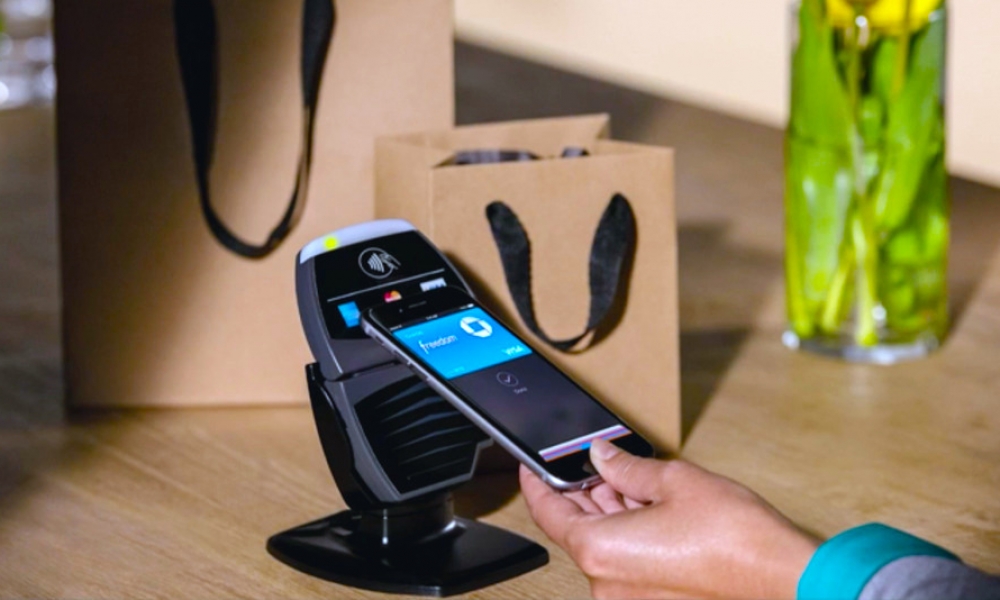JCPenney Returns to the Dark Ages as It Removes Apple Pay from Its Stores
 Credit: Apple
Credit: Apple
Toggle Dark Mode
In an oddly backward move, U.S. department store chain JCPenney has actually pulled support for Apple Pay from all of its retail stores and even its iOS app. The company acknowledged the move via Twitter after a customer complained online about his wife being surprised at her inability to use Apple Pay when she went shopping.
While JCPenney’s customer service acknowledged the removal of the service, no additional information was provided as to exactly why the company decided to take this step. Based on numerous responses on Twitter, however, it has proven to be an unpopular decision among iPhone users, who have in turn offered their own speculations for why the company would make such a technologically regressive move. JCPenney also removed the Apple Pay option from its iOS app as well, according to Appleosophy (via MacRumors)
It’s less clear at this point whether JCPenney has disabled NFC payments entirely, or found some way to block Apple Pay specifically at its terminals, but in most cases, Apple Pay works anywhere that contactless payments are supported, provided of course that the payment card in question is normally accepted by the retailer. For example, in countries like Canada where contactless payments with physical cards has been available for almost a decade, Apple Pay simply worked from the very beginning — even before it officially became available in Canada, U.S. visitors were able to use Apple Pay to make payments at any NFC-equipped terminals. However, with physical card NFC payments relatively rare in the U.S., it seems likely that JCPenney has simply turned off contactless payments support entirely.
The retailer’s reasons for doing so are open to debate, although it seems the promotion of its own store-branded credit card could be one factor — which, ironically, can still be used with Apple Pay — along with the even more likely scenario that Apple Pay simply wasn’t allowing JCPenney to collect customer data as easily.
In addition to the inherent technological security of Apple Pay, it offers an additional privacy benefit that many users may not be aware of. When paying with an iPhone or Apple Watch, a device-specific virtual card number, or “Device Account Number” (DAN) is used that can’t be directly associated with the actual physical payment card. This number is generated when a credit or debit card is added to Apple Pay on a specific device, and gets re-generated if the card is removed and re-added, or if the user switches devices.
This makes it much more difficult for retailers to profile users based on their credit/debit card numbers, since those numbers are much more subject to changing on a semi-regular basis, and will differ when users choose alternating payment methods — so if you pay with your Apple Watch on one visit, and then pay with your iPhone on the next, the retailer has no way of knowing that both transactions were made by the same person.
Apple Pay has been much more slowly to be adopted in the U.S. than in many other countries due to the relative scarcity of contactless payment systems. Unlike many other countries, when Apple launched Apple Pay in 2014, only two percent of U.S. retailers supported contactless payments at all. In many cases, as Apple advertised retailers coming on board with Apple Pay, all this really meant is that they were installing contactless payment terminals in their stores, although it’s clear that Apple’s marketing efforts behind Apple Pay had a strong influence in encouraging them to do so. JCPenney was one of the first retailers to begin trailing Apple Pay in its stores back in 2015, and rolled it out across its entire nationwide chain of more than 800 stores by 2016.






